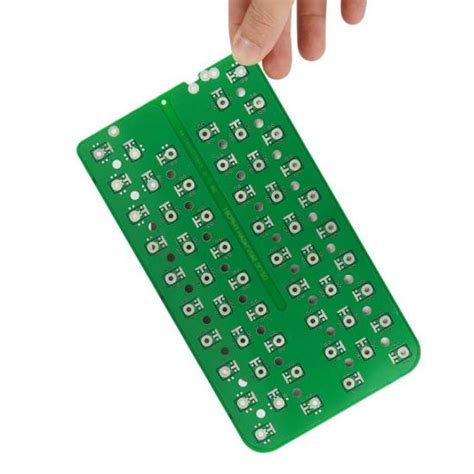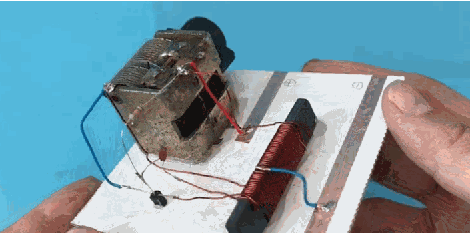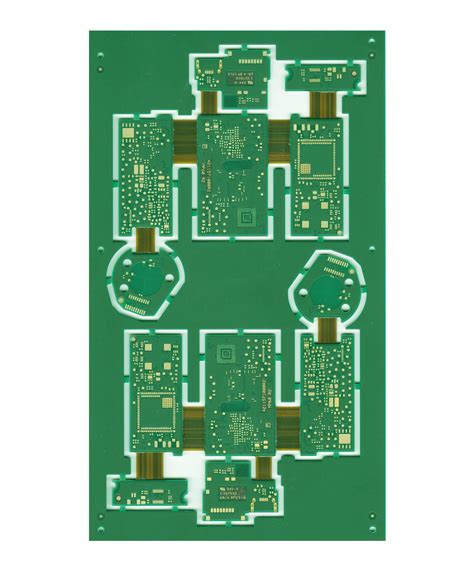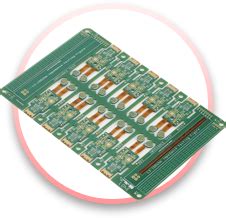Let’s talk about COB packaging in detail. Why is it so important for LED chips?
What is COB? Its full name is chip-on-board, which is a new packaging method that is different from SMD surface mount packaging technology. Specifically, the LED bare chip is adhered to the PCB with conductive or non-conductive glue, and then wire bonding is performed to achieve its electrical connection, and the chip and bonding wires are encapsulated with glue.
This packaging method does not mean that packaging is not required, but it integrates upstream and downstream companies. From LED chip packaging to the production of LED display unit modules or display screens, it is completed in one factory, integrating and simplifying the production processes of packaging companies and display screen manufacturers. The production process is easier to organize and control, the product’s dot pitch can be smaller, the reliability is doubled, and the cost is closer to civilians.
COB packaging was first used in lighting, and this application has also become a trend. It is understood that COB-packaged bulbs have occupied about 40% of the LED bulb market.
As the LED application market gradually matures, users have higher and higher demands for product stability and reliability, especially under the same conditions, requiring products to achieve better energy efficiency indicators, lower power consumption, and more competitive product prices. Based on this, compared with traditional LED SMD patch packaging and high-power packaging, the chip-on-board (COB) integrated packaging technology directly encapsulates multiple LED chips on a metal-based printed circuit board. As a lighting module, it directly dissipates heat through the substrate, which not only reduces the manufacturing process and cost of the bracket, but also has the heat dissipation advantage of reducing thermal resistance. Therefore, it has become a packaging method mainly promoted by lighting companies.
In addition to good heat dissipation performance and low cost, COB light sources can also be personalized. However, technically, COB packaging still has shortcomings such as light decay, short life, and poor reliability. If these problems can be solved, it will be one of the leading directions for future packaging development.
The application of COB in lighting has become a trend. So, can this packaging technology be applied to display screens? In terms of packaging methods, some companies have made new attempts, and this attempt has been verified and has been promoted and applied in the market. At the same time, it has also attracted widespread attention from people in the industry. So, why does COB display screen attract everyone’s attention? There must be a reason.
1.Analysis of the advantages and disadvantages of COB packaging
COB packaging has been used in the field of lighting for many years. It has many advantages in all aspects, so it has been favored by many lighting companies. Then what kind of sparks will COB packaging technology create when applied to display screens? Will there be some problems with local conditions? Let’s analyze the advantages and disadvantages of COB packaging. It is understood that COB packaging technology has incomparable advantages over traditional packaging technology when applied to display screens.
- Ultra-light and thin: According to the actual needs of customers, PCB boards with a thickness of 0.4-1.2mm can be used to reduce the weight to at least 1/3 of the original traditional products, which can significantly reduce the structural, transportation and engineering costs for customers.
- Anti-collision and anti-pressure: COB products directly encapsulate LED chips in the concave lamp position of the PCB board, and then encapsulate and cure them with epoxy resin glue. The surface of the lamp point is convex into a spherical surface, which is smooth and hard, and resistant to collision and wear.
- Large viewing angle: COB packaging adopts shallow well spherical light emission, with a viewing angle greater than 175 degrees, close to 180 degrees, and has a better optical diffuse color effect.
- Bendable: Bendability is a unique feature of COB packaging. The bending of PCB will not damage the packaged LED chip. Therefore, COB modules can be used to easily make LED curved screens, round screens, and wavy screens. It is an ideal substrate for personalized screens in bars and nightclubs. It can be seamlessly spliced, with a simple production structure, and the price is much lower than the LED special-shaped screens made of flexible circuit boards and traditional display modules.
- Strong heat dissipation ability: COB products encapsulate the lamp on the PCB board, and quickly transfer the heat of the wick through the copper foil on the PCB board. In addition, the thickness of the copper foil of the PCB board has strict process requirements, and the gold sinking process will hardly cause serious light attenuation. Therefore, there are few dead lights, which greatly extends the life of the LED display.
- Wear-resistant and easy to clean: The surface of the lamp point is convex into a spherical surface, which is smooth and hard, resistant to collision and wear; if there is a bad point, it can be repaired point by point; without a mask, dust can be cleaned with water or cloth.
- All-weather excellent characteristics: It adopts triple protection treatment, with outstanding effects of waterproof, moisture, corrosion, dust, static electricity, oxidation and ultraviolet; it meets all-weather working conditions and can still be used normally in a temperature difference environment of minus 30 degrees to plus 80 degrees.






